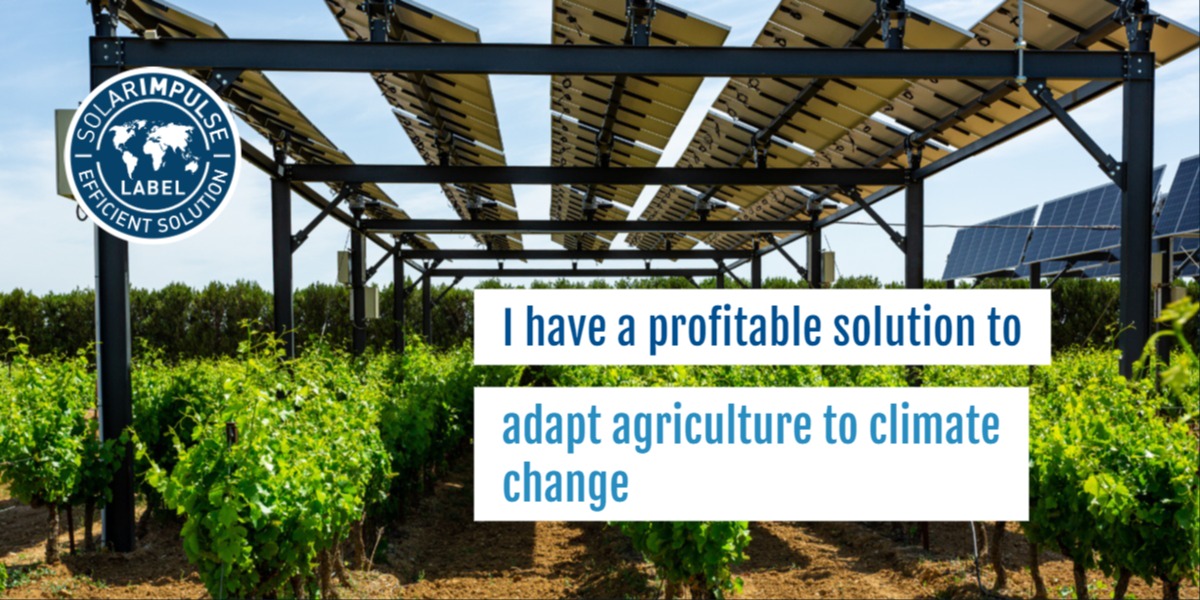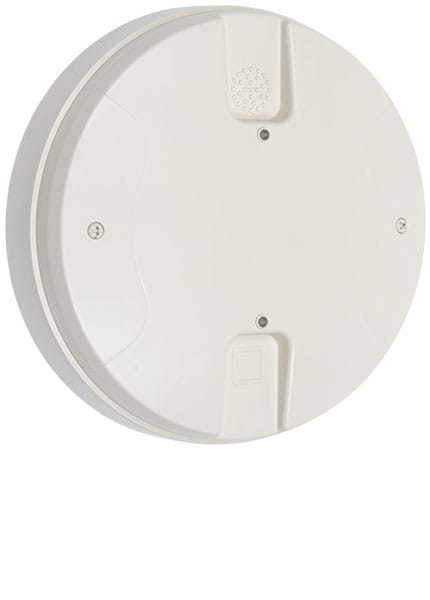Agrivoltaics proving a responsible way to blend solar fields and traditional agriculture.

Agrivoltaics involves creating solar panel farms with food crops grown in between rows or incorporating grazing livestock
As the world population climbs toward a projected 9.7 billion by 2050, the dual concerns of climate change and food production have the best and brightest of agricultural science looking for solutions. Enter, agrivoltaics.
Agrivoltaics, otherwise known as “solar sharing,” is a concept spreading around Earth like a wild sweet potato vine. The concept involves creating solar panel farms with food crops grown in between rows, or in some cases, livestock grazing. Perhaps the first benefit that might come to mind is the opportunity to generate multiple streams of revenue from the same location. Studies in the field suggest a mutually beneficial relationship between the plants and panels in terms of ground temperature, moisture, and reduction of carbon dioxide from the atmosphere.
Even in driving by the growing number of large-scale solar parks, where large numbers of solar photovoltaic modules are mounted on frames, one wonders about the maintenance. Consider the value of integrating sheep grazing into the operation as a way to keep grass low. Meanwhile, the largest grid-connected solar installation on Earth remains under work in Abu Dhabi, with a planned capacity of 1,177 megawatts and bound to rival fossil fuel plants in terms of size. When combined with present experiments involving peppers and cherry tomato plants amid the panel rows, one quickly sees just a few of the potential benefits from what experts agree is a bright opportunity.
A grape idea
Deep in the heart of the world’s wine country, French scientists are combining vineyards with solar panels. Given that vines are among the plants most easily damaged by the effects of climate change, French solar developer Sun’R and its subsidiary, Sun’Agri, have established a viticulture agrivoltaic system in southeastern France in partnership with the government’s Environment and Energy Management Agency. A 1,000-square meter vineyard growing the black Grenache grape used in red wines has incorporated into it a 600-square meter dynamic system featuring 280 panels capable of generating 84 kW. Panels are placed at a height of 4.2 meters and move in real time by way of an artificial intelligence algorithm which determines the tilt of the panel so as to maximize sunshine and water requirements. The program also uses the panels to help shield the crops from heavy rain, frost and hail.

Initial results from the project show that the panel structure shelters the vines from stunting during heatwaves, and reduces water demand by 12 percent to 34 percent by way of a reduction in evapotranspiration, or water evaporation, through the soil. Tests show that the aromatic profile of the grape has been improved, with 13 percent more anthocyanins — red pigments — and 9 to percent 14 percent more acidity.
Set to move from demonstration phase in 2020 to commercial in 2022, developers plan to expand the model to include greenhouses and other foods as well.
Maximizing value
Meanwhile, back in America, the U.S. Department of Energy’s National Renewable Energy Laboratory’s (NREL) has partnered with universities Arizona and Maryland to produce peppers and cherry tomatoes.
Researchers have noted that one of the challenges with large-scale solar panel operations is the “heat island” effect as the photovoltaic arrays cause a raising of temperatures. Pasts solutions involving the use of gravel groundcover have only worsened this, causing a multitude of problems for the temperature-sensitive panel’s performance. Changing out the gravel for vegetation, they found, has produced benefits all the way around. During the three-month growing season for the three chilitepin plants beneath the panels, scientists monitored light levels, air temperature, and relative humidity as well as moisture at a depth of 5 centimeters. Both the control and intervention fields — with and without photovoltaic panels — received identical irrigation in two testing scenarios, daily versus every two days.

The researchers reported that the traditional ground-mounted panels were substantially cooler during the day with plants beneath them by approximately 9 degrees Celsius, allowing for better performance. Plant-wise, total fruit production was three times greater in the agrivoltaic system compared to the control one. Water efficiency for the jalapeno was 157 percent greater, and 65 percent greater for the cherry tomato. When irrigating every two days, soil moisture remained approximately 15 percent greater in the agrivoltaic system, and 5 percent when done daily
Researchers explain that the crops emit water through a natural process of transpiration, much like misters at a restaurant, and the panels provide a needed shade to help keep moisture and nutrients in the ground, making for a profitable win-win.
Global interest
Scheduled for Oct. 14 to 16, the AgriVoltaics 2020 Conference and Exhibition in Perpignan, France, portends to feature experts from around the globe all interested in maximizing both solar and food energy simultaneously. Conference topics will range from plant growth models and shade tolerance to plant pathology and agrivoltaic mounting systems. Case studies and best practices will be shared from projects around the world, and proceedings will be published by way of the American Institute of Physics. Landowners and producers are certain to take notice, particularly those with marginal ground on which they might want to experiment. Even a small panel operation in the spirit of Do-It-Yourself could generate enough electricity for a property owner all the while tomato plants grow in the shade.


































